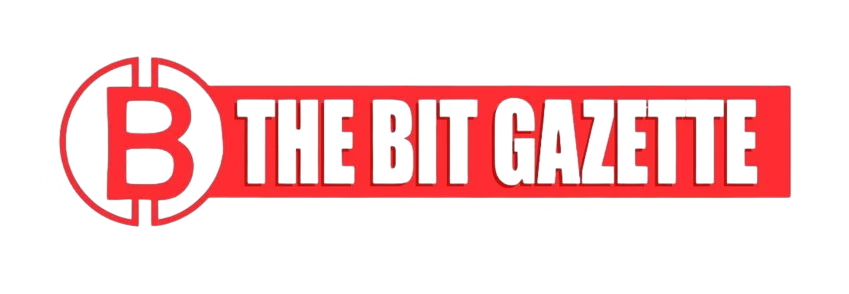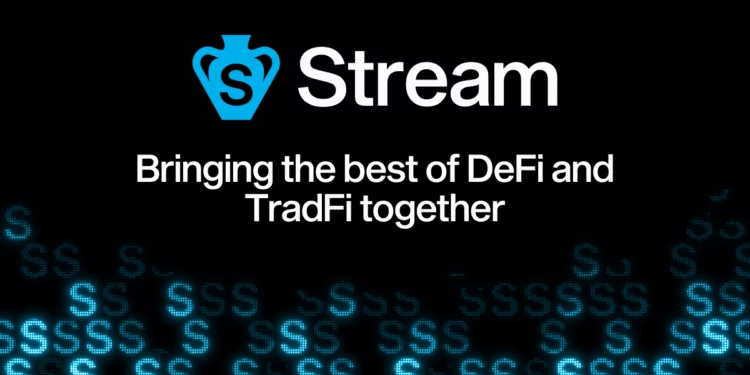Elixir Protocol suspended withdrawals of its deUSD stablecoin after Stream Finance, which holds approximately 90% of deUSD supply worth $75 million, reported a $93 million loss through an external fund manager and halted its own operations.
DeUSD Launch Yearned For Institutional Scale
From launch in mid-2024, the Elixir deUSD stablecoin was positioned as a challenger to legacy stablecoins. According to its documentation, the deUSD token is “fully collateralized, yield-bearing” and designed to capture funding rate yield while serving as collateral in the Elixir Technologies Ltd. ecosystem.
As one overview noted: “deUSD … is a synthetic dollar created using stETH and sDAI, with a delta-neutral short on ETH to capture funding rates.”
With a market cap reported at around US$150-180 million prior to the current turbulence, deUSD appeared poised for growth.
Institutional Exposure & the Unravelling
But the picture shifted fast when Stream Finance — a DeFi yield-platform — revealed a US$93 million loss via an external fund manager and suspended deposits and withdrawals.
That firm’s native stablecoin, XUSD, plunged by up to 80 % amid concerns of looped leverage, opaque positions and thin reserves.
According to analysts, collateral damage could total around US$285 million across positions tied to Stream.
Most critically for the Elixir ecosystem: Stream reportedly owed Elixir about US$68 million, meaning the Elixir deUSD stablecoin was deeply exposed. (The company later indicated Stream holds ~90 % of remaining deUSD supply, valued at ~US$75 million in one disclosure.)
Consequently, Elixir announced it had processed redemptions for approximately 80 % of deUSD holders and suspended withdrawals to halt further fallout.
The architecture behind the Elixir deUSD stablecoin was designed to give users a U.S.-dollar equivalent that also generates yield via collateral strategies — specifically using staking derivatives (stETH) and savings-DAI wrappers (sDAI).
That model aimed to appeal to institutional capital entering DeFi — Elixir’s white-papers name firms such as BlackRock and Hamilton Lane as partners.
However, by engaging with a partner like Stream that collapsed through yield-chasing and opaque leverage, the Elixir deUSD stablecoin is now showing vulnerabilities: the risk of contagion, counterparty failure, and de-pegging pressures.
Immediate Fallout & Market Reaction
The suspension of redemptions and the revelation of heavy risk exposure triggered alarm among holders of the Elixir deUSD stablecoin.
On-chain data and analytics firms have flagged the incident as a crisis of confidence more than a technical failure. One trading-strategy firm noted:
“Because they mixed funds among their products, we actually do not know the specific losses of ordinary users… Many users are now furious … not only did they lose money, but they also found that the losses were ‘socialised’…” Bitget
DeUSD’s market stats remain relatively stable according to live data (price near US$1, market cap ~US$150 million).
But shadow risk remains. The Elixir deUSD stablecoin now faces questions around how quickly and fully the obligations to its holders will be honoured — especially given the size of Stream’s exposure.
In a post on X (formerly Twitter), Elixir said:
“We still believe this will be honoured 1:1. We have disabled withdrawals to prevent Stream from liquidating deUSD before settling its debt.” X (formerly Twitter)+1
This message aims to reassure deUSD holders that the system remains committed to the peg and redemption promise — though in effect it means the Elixir deUSD stablecoin’s value is now contingent upon Stream’s repayment and the broader ecosystem’s stability.
What Comes Next for the DeUSD Ecosystem?
-
Transparency and auditability: The market will demand clearer disclosures on deUSD’s collateral, partner exposures and redemption mechanics.
-
Stress-testing partner relationships: The Stream collapse highlights how a single partner’s collapse can ripple through alternative stablecoin systems like the Elixir deUSD stablecoin.
-
Peg integrity under pressure: Maintaining the dollar peg in such stress requires both credible backing and user confidence; any sign of unraveling could spark further outflows.
-
Regulatory and institutional optics: For institutions that considered deUSD as a gateway into DeFi, this episode could raise red flags around risk controls and counterparty exposure.
The Elixir deUSD stablecoin was once celebrated as a new frontier for yield-bearing, institution-friendly digital dollars. Now it is navigating one of DeFi’s more potent stress-tests. Whether the system can honour its promises and restore confidence will not only determine deUSD’s fate, but may also influence how stablecoins are structured in the next wave of crypto finance.
As one crypto risk analyst put it:
“When a yield-chasing platform like Stream folds, it’s not just their loss — it becomes everyone’s risk.”
The clock is now ticking on the Elixir deUSD stablecoin’s resilience and credibility.











